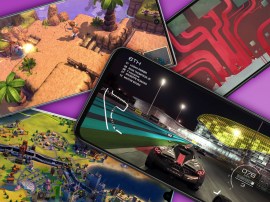Google Pixel 8 vs Apple iPhone 15: which is best?
Apple and Google's sensibly sized smartphones duke it out
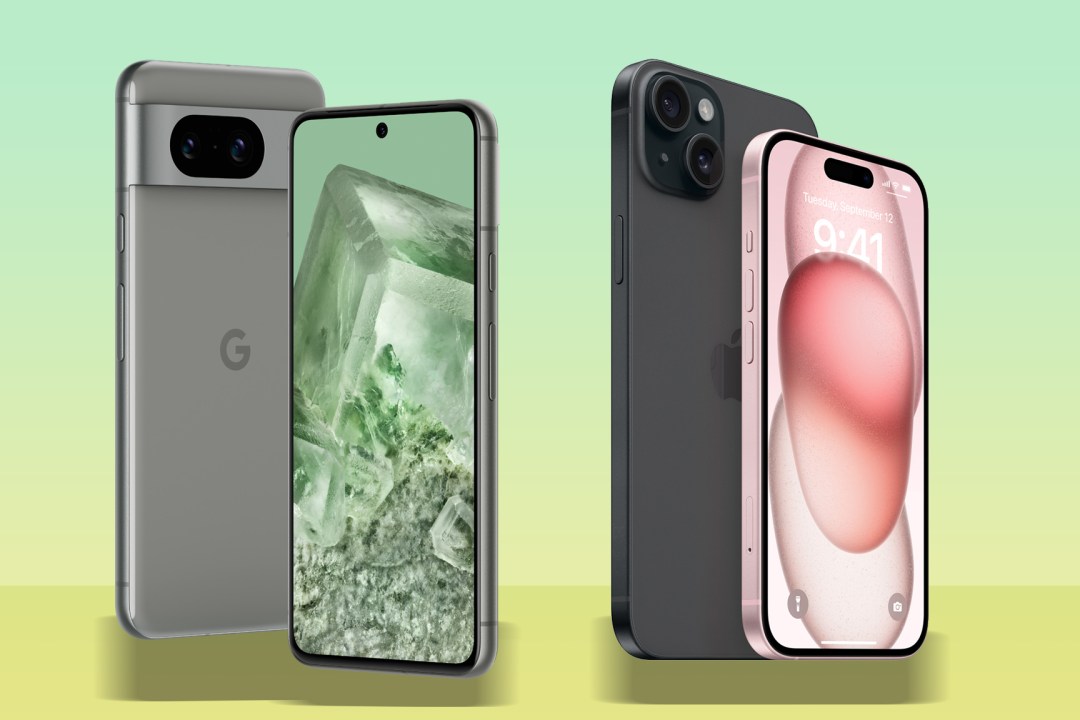
It’ll be no surprise that the vote for best smartphone typically comes down to the most popular contenders. Angling for the top spot right now are Apple and Google’s mainstream hero models. Rather than offering premium features for the pros, the Pixel 8 and iPhone 15 are the handsets most will opt to slip in their pocket. Both offer custom designed chipsets, the latest camera technology, years of security updates, and the latest in smartphone design.
But which is the better option to splurge out on? There was already plenty to compare on paper. Now Stuff has reviewed the Pixel, I can categorically declare a winner in the Google Pixel 8 vs iPhone 15 battle.
Design & build: familiar faces
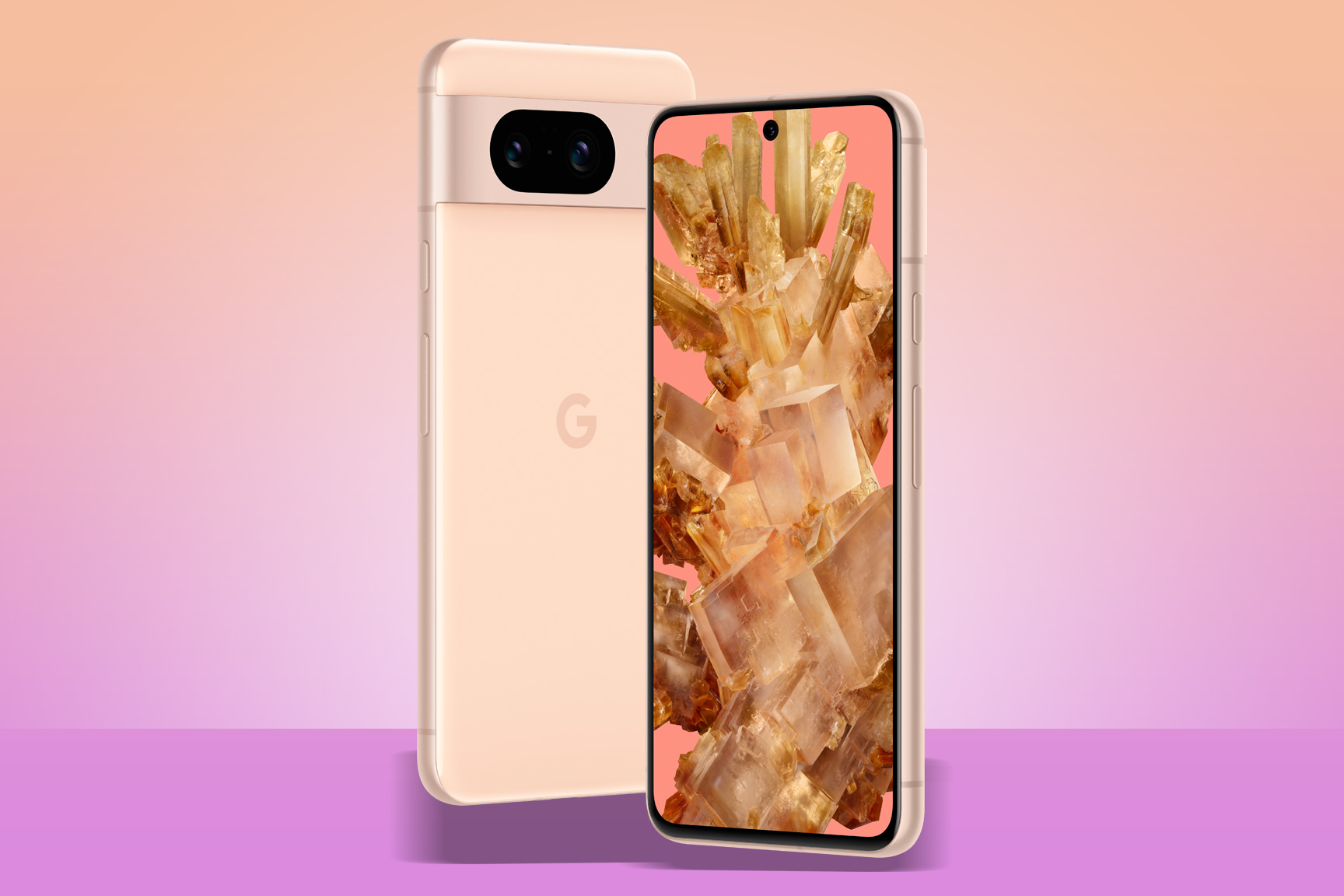
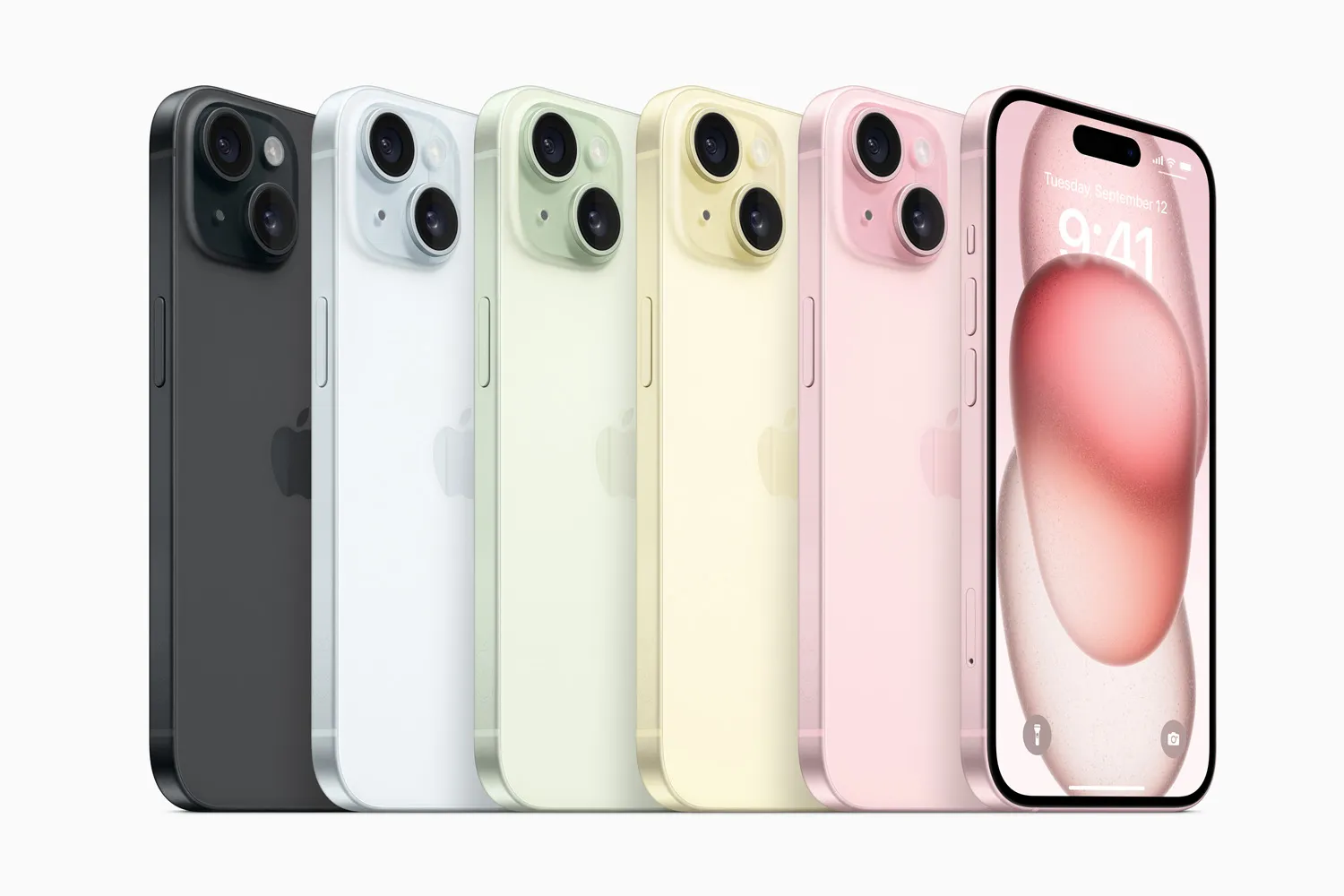
Neither the Pixel 8 nor iPhone 15 make big leaps in their designs from the previous generation. There are refinements and the odd new feature across the board. Despite this, the handsets look quite different from one another – so there’s definitely a choice to be made here.
Google’s Pixel 8 shrinks the display down to 6.2in, from the previous 6.3in. That’s great news for lovers of small phones, especially since Apple isn’t making its iPhone mini devices anymore. There are much curvier corners on the device, which give a more comfortable feel when holding the smartphone. You can get one in Rose, Hazel, or Obsidian colours.
The rear glass keeps its polished finish from the outgoing Pixel 7, so you’ll need to keep fingerprint smudges tamed. The stainless steel rear camera shelf remains, with the two lenses (rather than three in the Pixel 8 Pro) in the same position besides the flash. Sticking true to Pixel form, you’ll also bag an in-display fingerprint sensor, and IP68 dust and water resistance.
While Apple’s latest and greatest looks pretty familiar, there are a few big design upgrades for the standard 15 model. The iPhone 15 brings down the same Dynamic Island front camera cutout as the Pro, and opts for a matte glass rear panel. These additions give the base model handset a more premium feel, despite sitting at the bottom of Apple’s line-up.
The iPhone 15 also gets curvier, opting for more rounded corners. And, of course, all iPhone 15 models have swapped to USB-C charging now, ditching the proprietary Lightning connector. You can get the iPhone 15 in either a 6.1in size, or the larger 6.7in iPhone 15 Plus with a larger battery. It also comes with two camera lenses rather than three like the Pro models.
Screens: one shines brighter
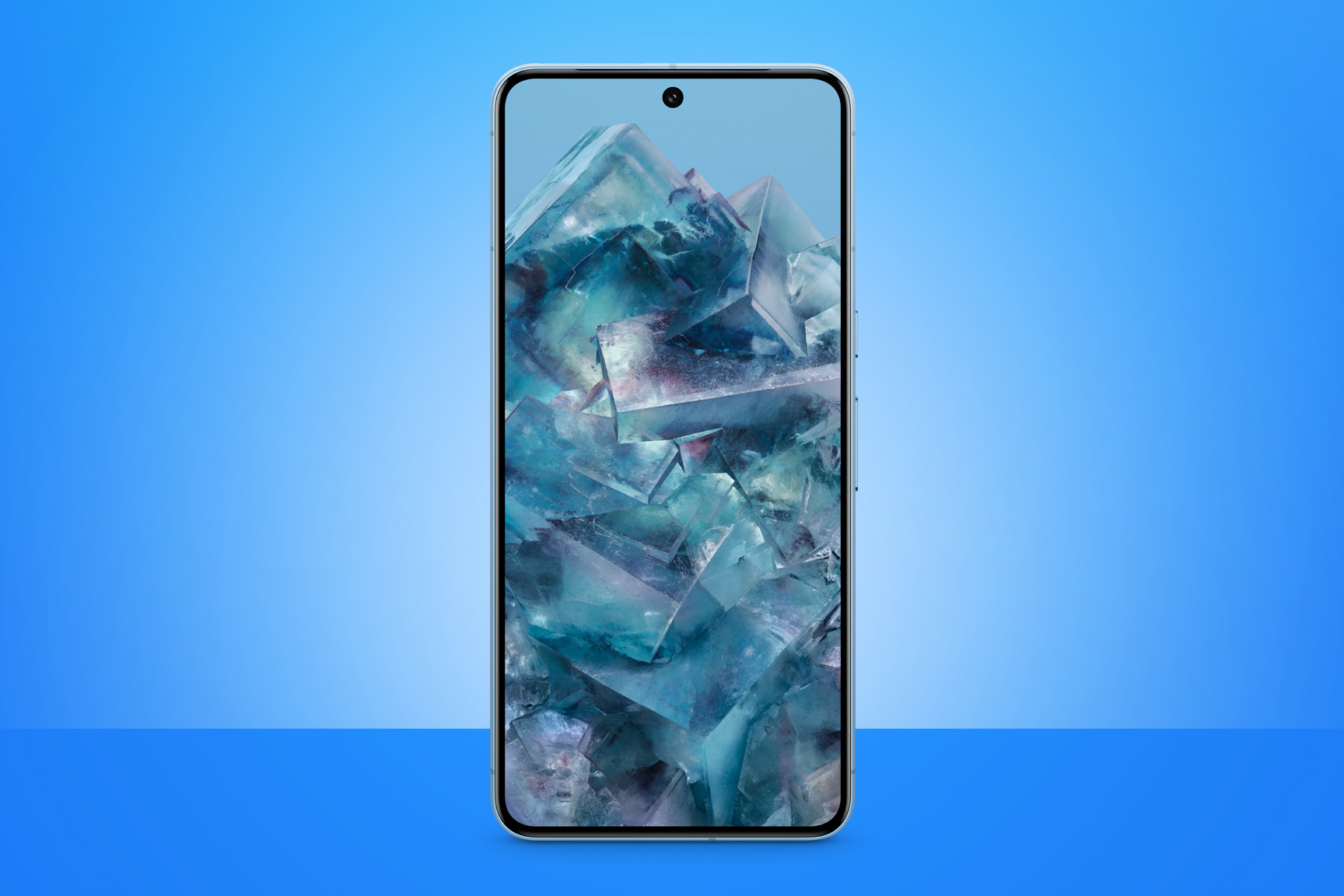
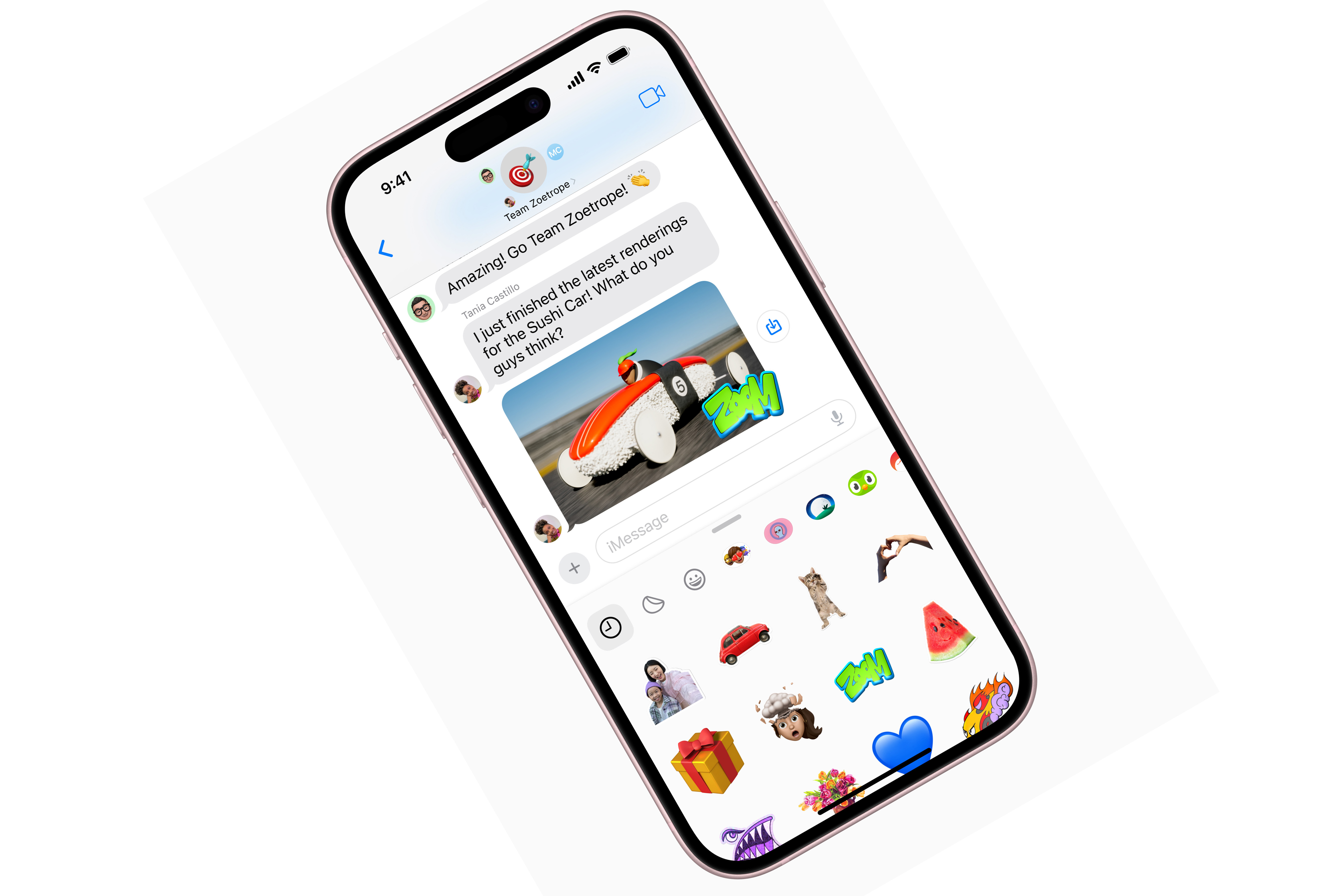
Both the Pixel 8 and iPhone 15 use OLED display tech, but that’s where the similarities end. Google offers a technically better display, thanks to a high 120Hz refresh rate and always-on display functionality. Apple’s iPhone 15 comes with just a 60Hz refresh rate and no always-on display.
Whether you go for the iPhone 15 Plus and its 2796×1290 resolution screen, or the smaller iPhone 15’s 2556×1179 display, you’re getting the same 460ppi pixel density. Google has kept the resolution the same from last year’s Pixel 7, despite the smaller screen.
The two phones are tied on display brightness, at least on paper. Thanks to a new panel, the Pixel 8 can deliver up to 1400 nits for HDR content, and a huge 2000 nits peak. The iPhone 15 also manages a 2000 nit peak, which is perfectly usable outdoors in strong sunshine.
Both phones have cutouts for their front-facing cameras – but only Apple has turned it into a feature, as we mentioned above. The Dynamic Island pill is incorporated into iOS, with interactive elements and useful info displayed around it. The Pixel 8’s circular punch-hole looks pretty dumb in comparison.
Cameras: it comes down to the processing
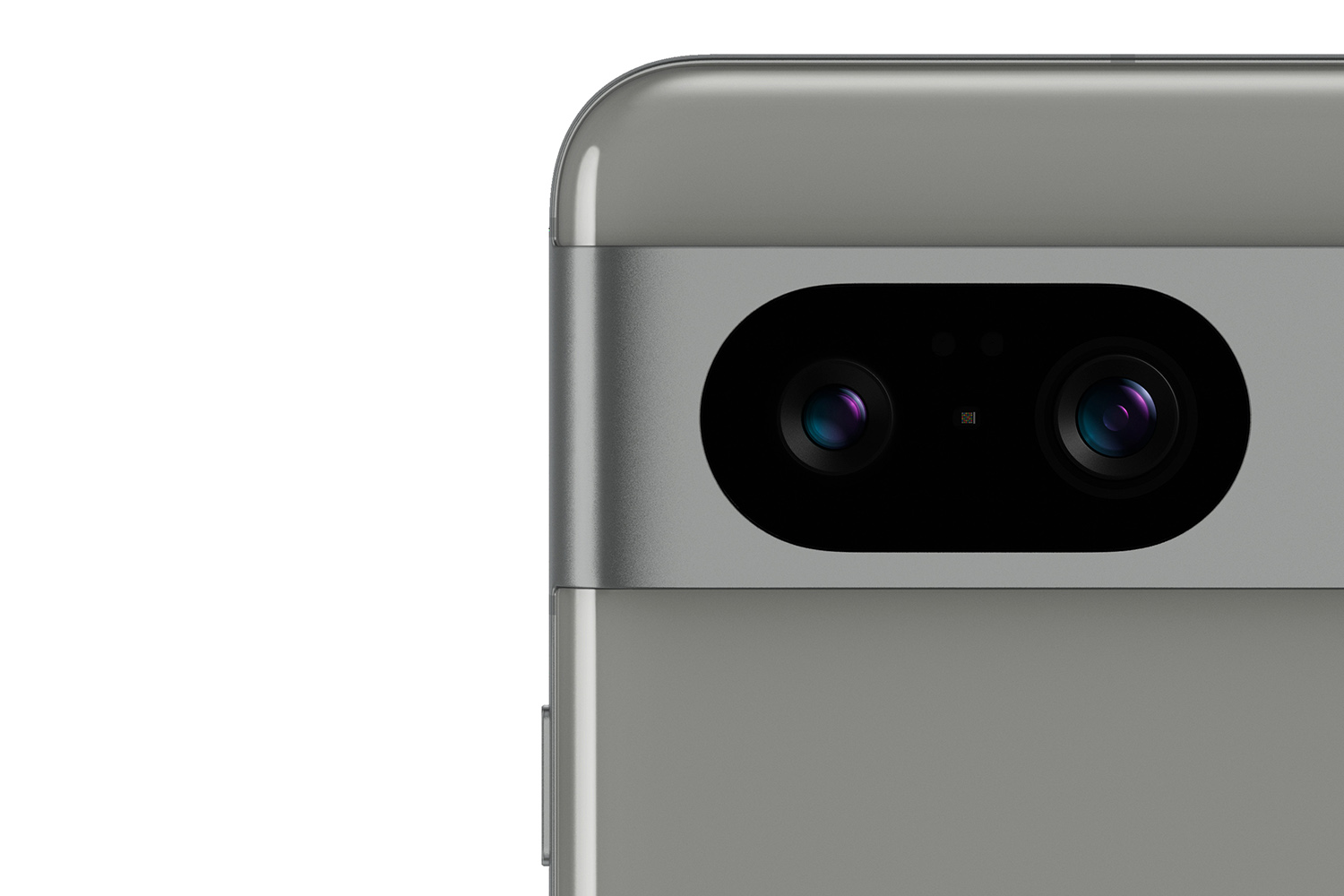
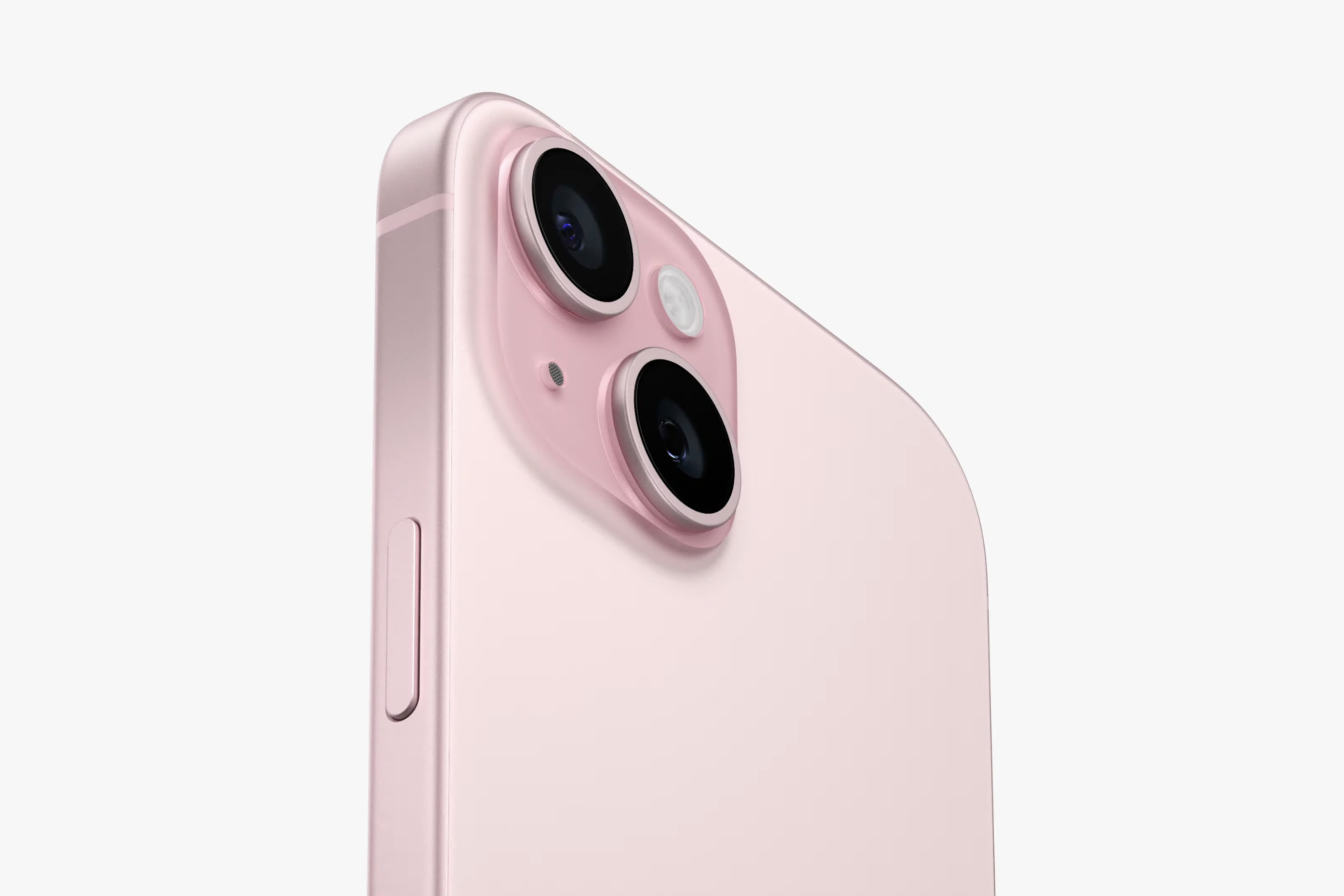
Both the Pixel 8 and iPhone 15 feature a dual camera set-up on the rear, featuring a main snapper and an ultrawide lens.
Apple has gone for a new 48MP main sensor with f/1.8 lens, dual-pixel PDAF and OIS – brought down from the iPhone 14 Pros. The 12MP ultrawide has an f/2.2 aperture, so should take some pretty decent shots. Google has gone for a 50MP main sensor with f/1.9 lens, optical image stabilisation, multi-directional PDAF and laser assistance. There’s also a similar 12MP ultrawide with an f/2.2 aperture for wider shots.
On the Pixel side, you get some software upgrades with new features. There’s now Best Take, which takes multiple frames every time you press the shutter button and stitches them together so that everyone in the frame is looking their best. Apple has kept things pretty same-y on the feature front, and there’s still no sign of manual controls on either model.
Ultimately, a lot of the camera performance comes down to behind-the-scenes image processing here. Both handsets offer similar hardware, but the processing varies wildly. Apple and Google have different photographic styles, so the way images turn out will depend on this.
Performance & battery: battle of the custom chips
Both the Pixel 8 and iPhone 15 use custom-made processors from Google and Apple, respectively. In the Pixel 8, you’ll find Google’s new Tensor G3 processor. It uses a 1+4+4 core design and is built on a 4nm process by Samsung, which means it’s not as much of a power hog (and heat generator) as last year’s Tensor G2. It’s paired with 8GB of RAM and either 128 or 256GB of storage. Expect slightly slower performance than Qualcomm’s Snapdragon 8 Gen 2 – but you gain AI optimisations that play nicely with Google Assistant and Android 14’s machine learning features.
Inside the iPhone 15 you’ll find the A16 Bionic from last year’s iPhone 14 Pro models. Apple tends not to reveal too much about its processors, but there’s dedicated AI processing in the Neural Engine for camera processing and powering Siri. Apple’s iPhone chipsets are usually the fastest available in any smartphone, and it’s undeniably quick, if not quite as fast as the A17 Pro silicon seen on the iPhone 15 Pro.
Apple’s iPhone 15 has a 3349mAh cell, while capacity climbs to 4383mAh in the iPhone 15 Plus. The Pixel 8, meanwhile, has a 4575mAh battery. Expect a full day of use, whichever you go for. Charging speeds are up to 30W on the Pixel 8, while the iPhone 15 is stuck at just 20W. Both support wireless charging, however, with MagSafe on the iPhone.
Software: battle of the ecosystems
Android 14 brings a whole host of behind-the-scenes security and quality of life improvements to Google’s operating system. It also debuts fun features like a customisable lock screen, AI-generated wallpapers and more consistent Material You theming across its various apps and widgets. The Pixel 8 will continue to play nicely with Chromebooks, and is the perfect pairing for a Pixel Watch 2 smartwatch – but Google’s ecosystem still has a long way to go to catch up with Apple’s.
iOS 17 is incredibly streamlined, with a visual consistency to its homescreen widgets Android fans can only dream of. It means your iPhone will play nice with AirPods and the Apple Watch on your wrist. You can easily send files to your Mac or iPad, too. iOS feels familiar for anyone that’s used it before, and it’s more friendly to get to grips with if this is your first time.
Google Pixel 8 vs iPhone 15 verdict
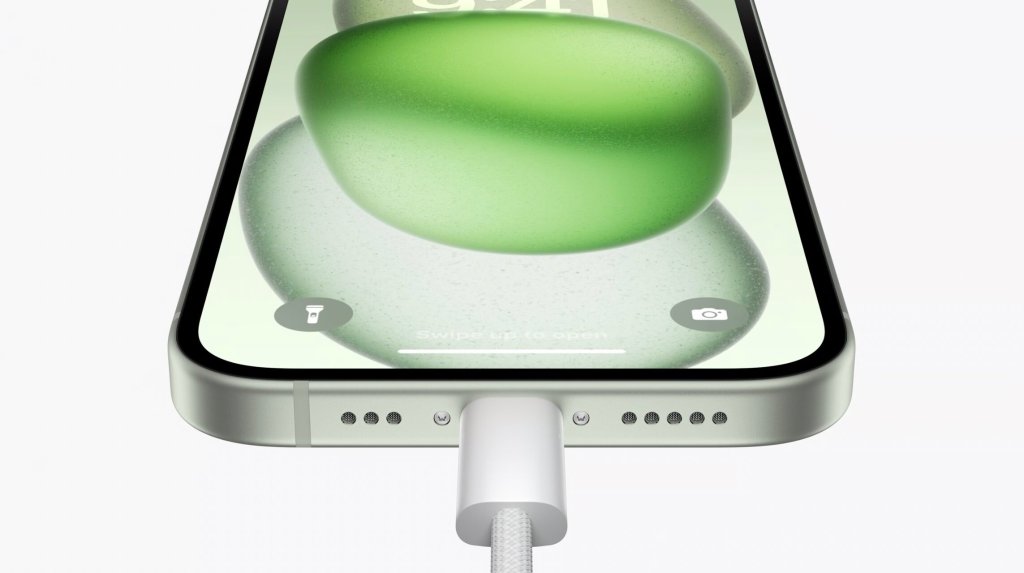
Google’s Pixel 8 addresses some of the Pixel 7’s biggest pain points. You’ll find plenty of generational changes, including a more powerful yet more efficient CPU, and even more camera smarts. This year’s competition is fierce, though. Apple maintains its performance lead, while also matching Google for zoom lens ability and stepping up on premium materials.
While a Pixel 8 will set you back $699/£699, an iPhone 15 costs $799/£799 for the same capacity. Google still takes the win on value, then. But the iPhone 15 offers some of the tastiest upgrades for non Pro users in years; it’s a giant upgrade from the previous generation.
Camera image quality isn’t so drastically different to swing us the other way, so unless you’re wedded to Android already, it’s Apple that comes out on top.

